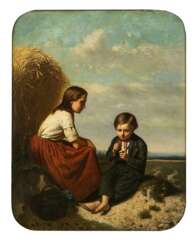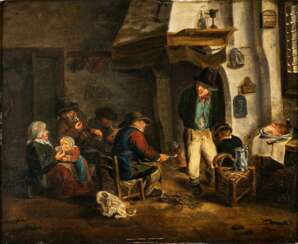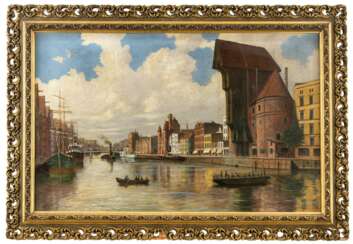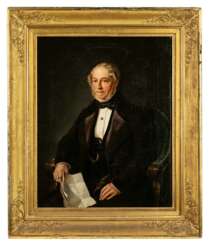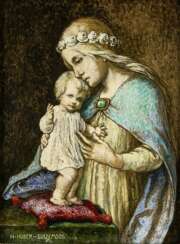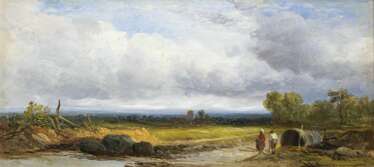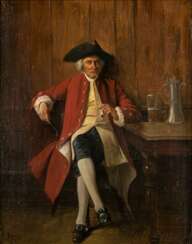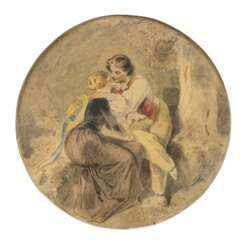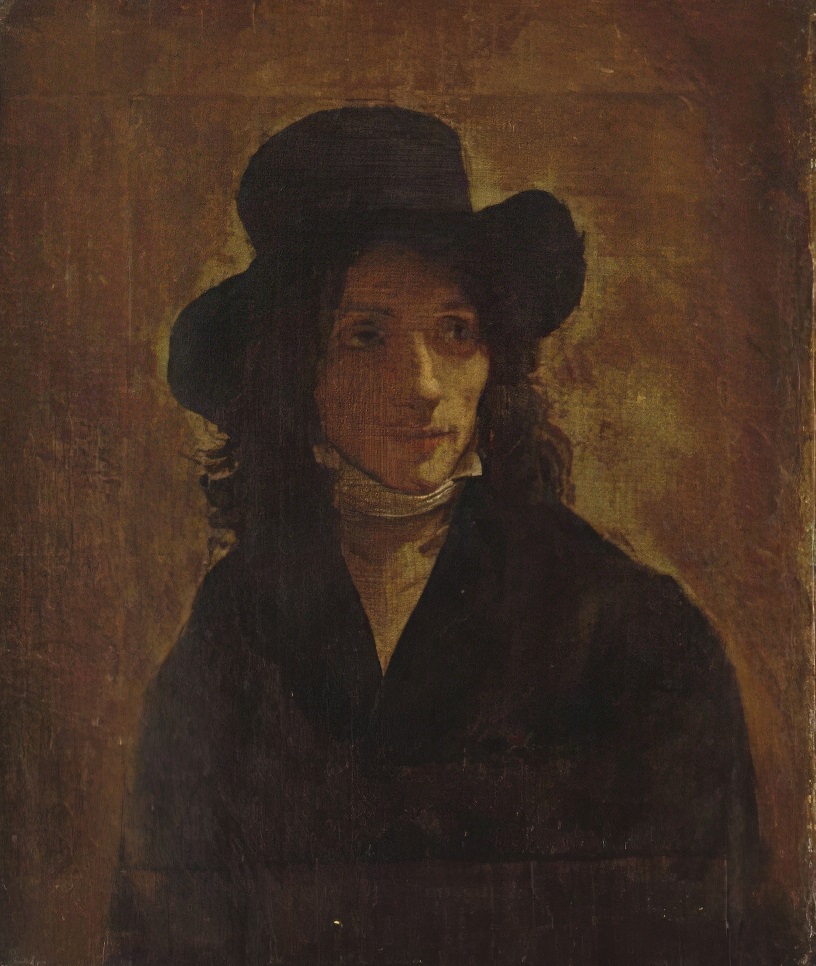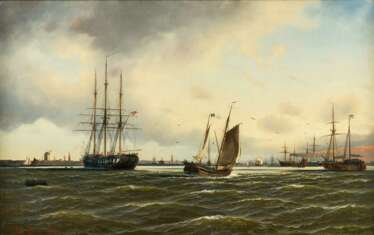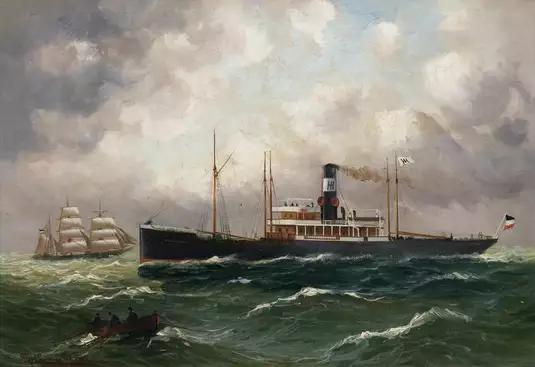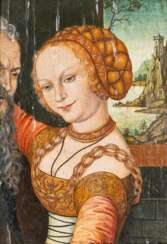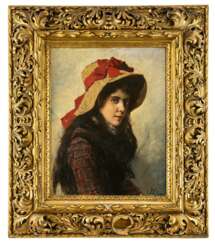
Paintings — A 794: Silver, books, contemporary art
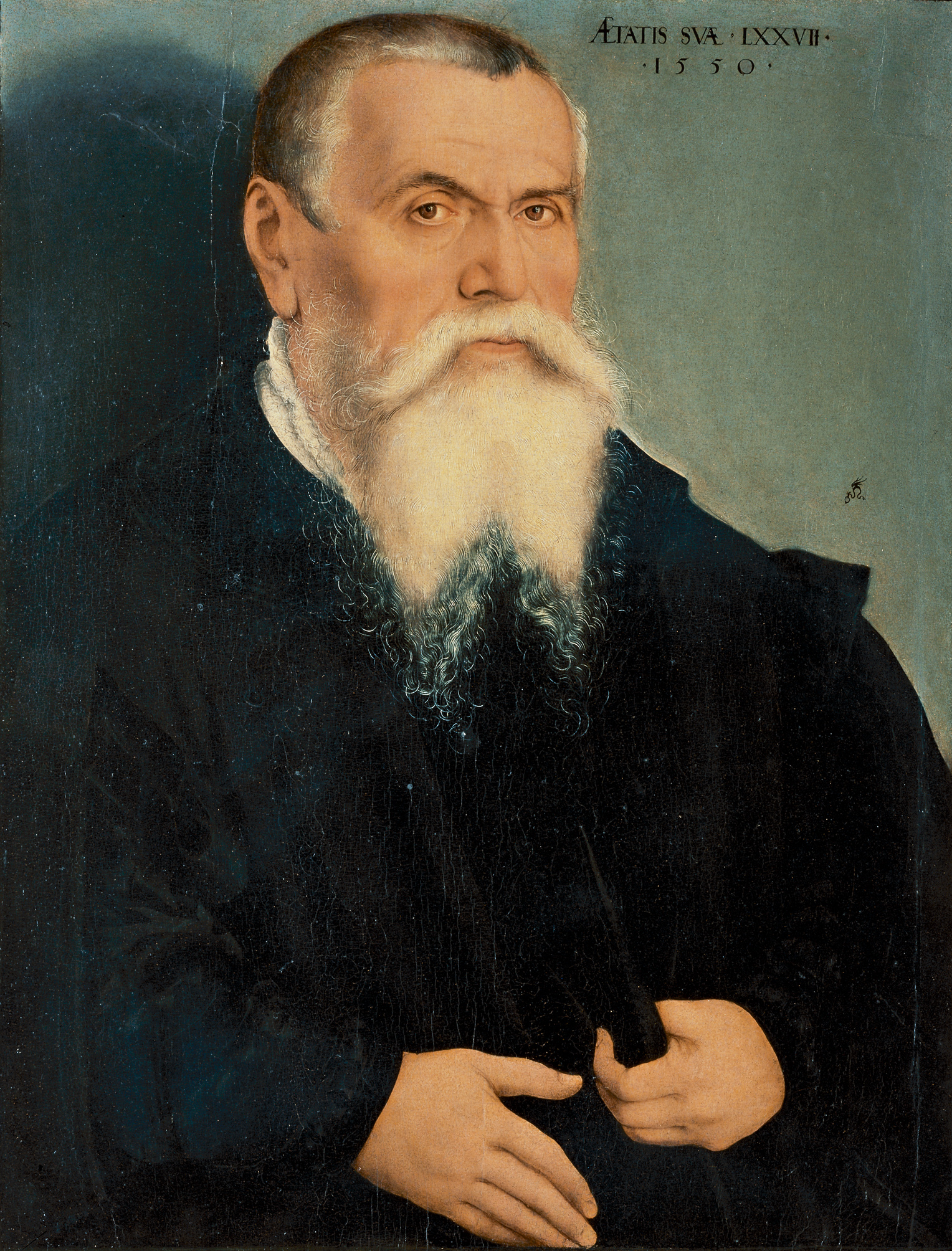
Lucas Cranach the Elder was a pivotal figure in German Renaissance art. As a leading painter of Saxony, his influence spanned across the 16th century, making significant contributions through his paintings, woodcuts, and engravings. His artistic journey began under the tutelage of his father, Hans Maler, and saw him becoming court painter to the Elector of Saxony, where he produced a vast array of works including altarpieces, court portraits, and notably, portraits of Protestant Reformers.
Cranach's artistry was not confined to any single genre. He was renowned for his portraits of the aristocracy, deeply symbolic religious paintings, and engaging mythological scenes. His ability to capture the essence of the Protestant Reformation, notably through his portraits of Martin Luther, showcases his close connection to the movement and his role as a key figure in conveying its ideals through art.
A significant part of Cranach's legacy is his workshop in Wittenberg, which was a hub of artistic production. This workshop produced numerous works that bore his distinctive winged serpent signature, a mark of quality and innovation in the art of the period. Cranach's workshop was known for its efficient operation, enabling the production of a large volume of works that catered to the high demand of his time.
For collectors and experts in art and antiques, Lucas Cranach the Elder's work represents an intriguing intersection of art, culture, and history. His contributions to Renaissance art and his unique portrayal of religious and mythological themes continue to captivate audiences, making his work highly sought after in the world of art collection.
To explore more about Lucas Cranach the Elder's fascinating contributions to art and to stay updated on new discoveries or auction events related to his works, consider signing up for specialized updates. This subscription is designed for enthusiasts keen on delving deeper into the rich tapestry of Renaissance art and history, ensuring they remain well-informed of relevant sales and scholarly insights.
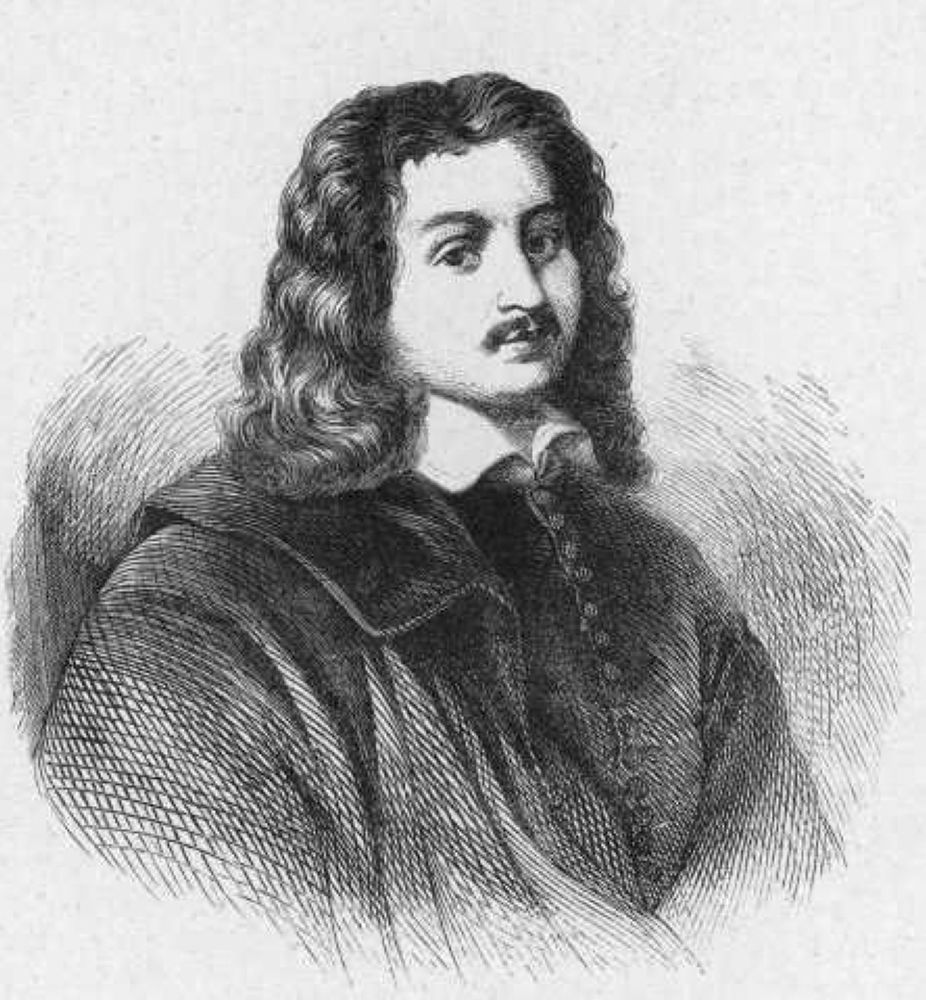
Nicolaes Pieterszoon Berchem was a highly esteemed and prolific Dutch Golden Age painter of pastoral landscapes, populated with mythological or biblical figures, but also of a number of allegories and genre pieces.
He was a member of the second generation of "Dutch Italianate landscape" painters. These were artists who travelled to Italy, or aspired to, in order to soak up the romanticism of the country, bringing home sketchbooks full of drawings of classical ruins and pastoral imagery. His paintings, of which he produced an immense number, (Hofstede de Groot claimed around 850, although many are misattributed), were in great demand, as were his 80 etchings and 500 drawings. His landscapes, painted in the Italian style of idealized rural scenes, with hills, mountains, cliffs and trees in a golden dawn are sought after. Berchem also painted inspired and attractive human and animal figures (staffage) in works of other artists, like Allaert van Everdingen, Jan Hackaert, Gerrit Dou, Meindert Hobbema and Willem Schellinks.
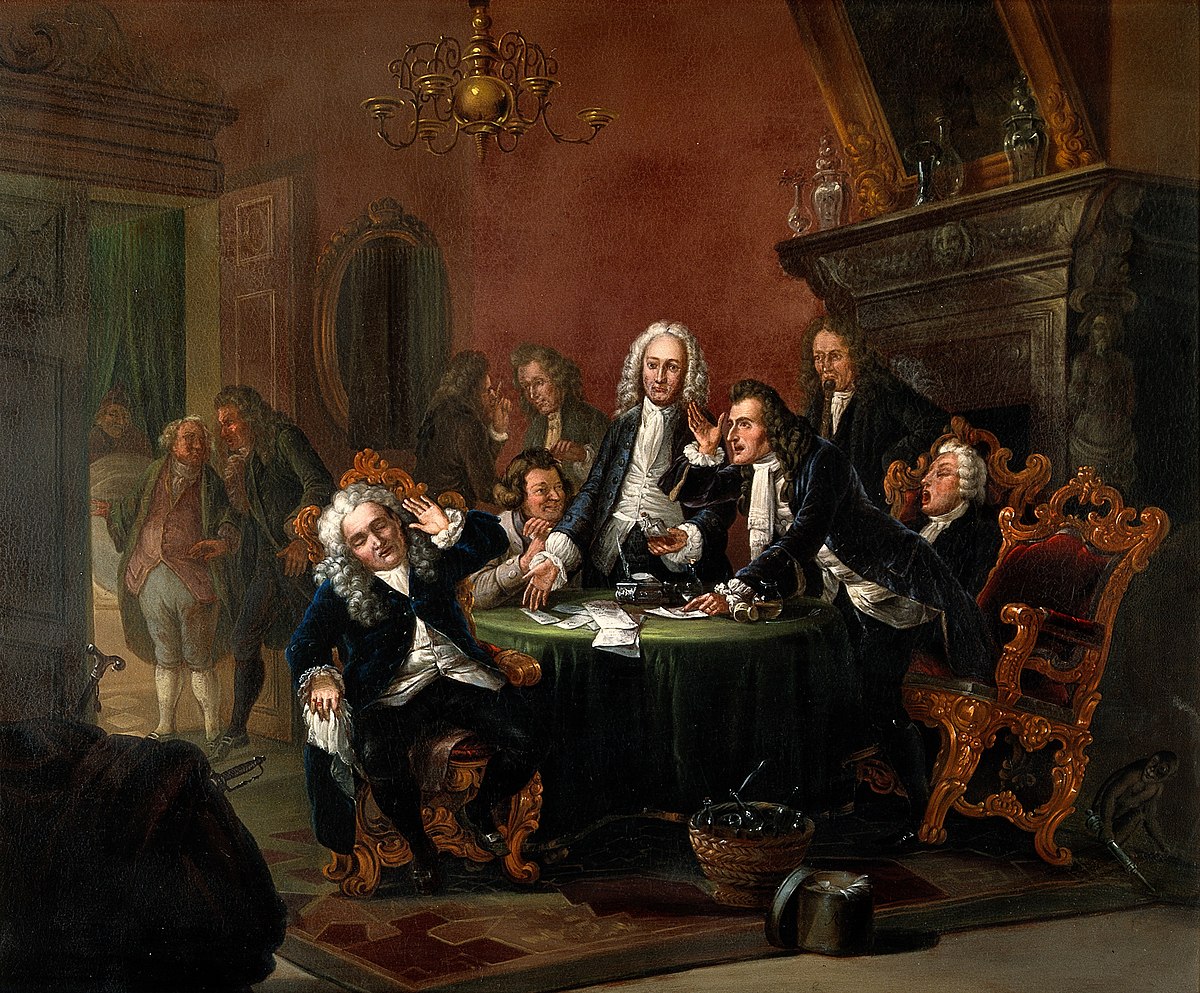
Johann Geyer was a German painter of the mid-nineteenth century. He is a renowned master of genre and history painting and is considered one of the foremost German genre painters of his time.
Geyer painted genre paintings, which were particularly popular in the 1830s and 1840s. Many of them became widely known through lithographs. About 180 of his paintings are now in museums in Germany, especially in Augsburg, his hometown. The master also taught at the Polytechnic School of Augsburg and won a prize at the Munich Industrial Exhibition in 1836.
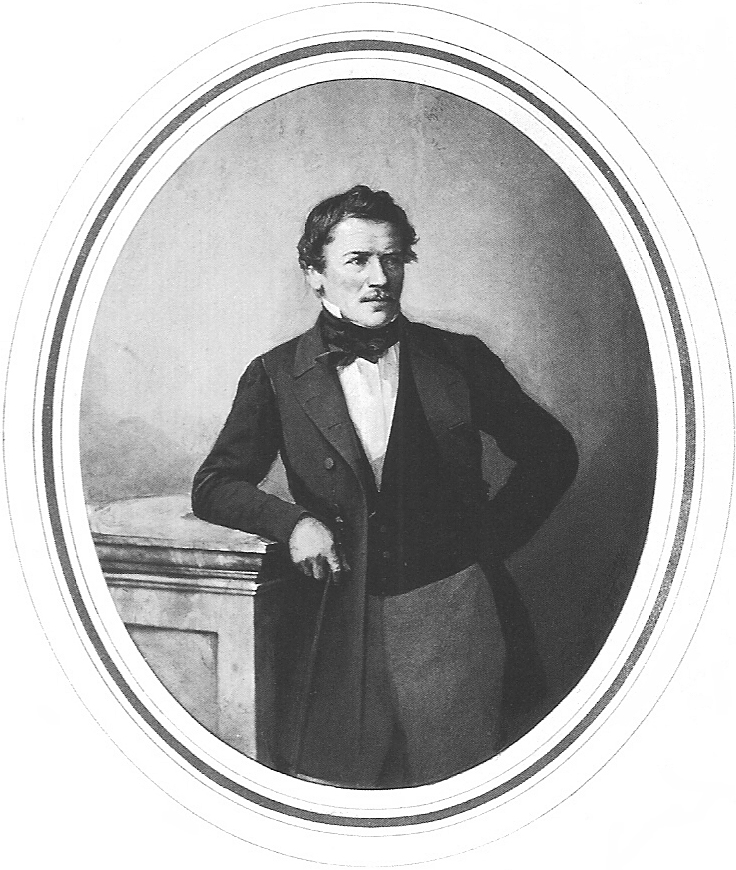
Joseph Anton von Gegenbaur was a German historical and portrait painter known for his contributions to the art scene in the 19th century. Born in Wangen, Württemberg, he honed his craft at the Royal Academy in Munich under the guidance of Robert von Langer. Gegenbaur's early works, characterized by their idyllic nature, include altar pieces like "Saint Sebastian" and "Madonna and Child" for his hometown.
Gegenbaur's artistic journey took him to Rome, where he immersed himself in the works of Raphael, and later to Stuttgart, where he served as a court painter, creating frescoes depicting scenes from the history of Württemberg and various mythological subjects. His frescoes, such as "Jupiter giving Immortality to Psyche" and "The Marriage of Cupid and Psyche," showcased his mastery of the fresco medium and his ability to infuse his works with historical and mythological narratives.
Beyond his frescoes, Gegenbaur's oil paintings, including "Adam and Eve after their expulsion from Eden" and "Moses Striking the Rock," further demonstrate his versatility and depth as an artist. His work "Omphale and Hercules" is an example of his mythological themed art, portraying the theme of woman's domination of man, a popular subject in Renaissance and Baroque painting.
For collectors and experts in art and antiques, Gegenbaur's oeuvre offers a glimpse into the 19th-century German art scene, with works that resonate with historical significance and artistic finesse. His contributions to fresco and oil painting remain important for those interested in the evolution of European art and the blend of historical and mythological themes in visual art.
To explore more about Joseph Anton von Gegenbaur's life and works, art enthusiasts are encouraged to delve into detailed studies and collections where his art is featured, enriching their understanding of this notable artist's legacy.
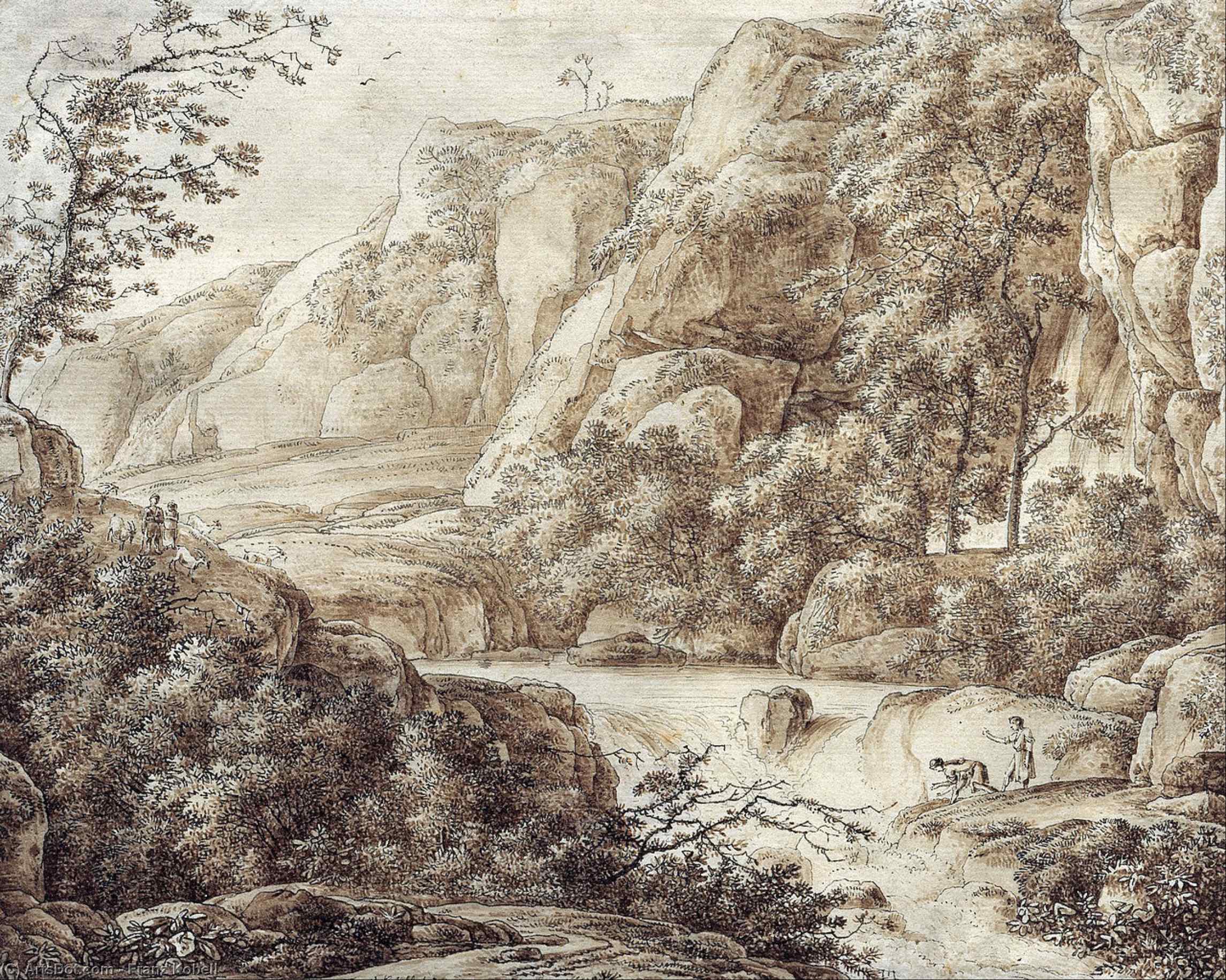
Franz Kobell was a German painter of the late 18th and early 19th centuries. He is known as a painter, draughtsman, architectural landscape painter, landscape painter, and brother of the artist Ferdinand Kobell.
Franz Kobell was court painter to the Elector Maximilian III of Bavaria. In addition to a small number of oil paintings, he produced more than 20,000 drawings of architectural landscape subjects, possessing the ability to work quickly and easily with pen and watercolor. His works ended up in various public and private collections.

Lucas Cranach the Elder was a pivotal figure in German Renaissance art. As a leading painter of Saxony, his influence spanned across the 16th century, making significant contributions through his paintings, woodcuts, and engravings. His artistic journey began under the tutelage of his father, Hans Maler, and saw him becoming court painter to the Elector of Saxony, where he produced a vast array of works including altarpieces, court portraits, and notably, portraits of Protestant Reformers.
Cranach's artistry was not confined to any single genre. He was renowned for his portraits of the aristocracy, deeply symbolic religious paintings, and engaging mythological scenes. His ability to capture the essence of the Protestant Reformation, notably through his portraits of Martin Luther, showcases his close connection to the movement and his role as a key figure in conveying its ideals through art.
A significant part of Cranach's legacy is his workshop in Wittenberg, which was a hub of artistic production. This workshop produced numerous works that bore his distinctive winged serpent signature, a mark of quality and innovation in the art of the period. Cranach's workshop was known for its efficient operation, enabling the production of a large volume of works that catered to the high demand of his time.
For collectors and experts in art and antiques, Lucas Cranach the Elder's work represents an intriguing intersection of art, culture, and history. His contributions to Renaissance art and his unique portrayal of religious and mythological themes continue to captivate audiences, making his work highly sought after in the world of art collection.
To explore more about Lucas Cranach the Elder's fascinating contributions to art and to stay updated on new discoveries or auction events related to his works, consider signing up for specialized updates. This subscription is designed for enthusiasts keen on delving deeper into the rich tapestry of Renaissance art and history, ensuring they remain well-informed of relevant sales and scholarly insights.
